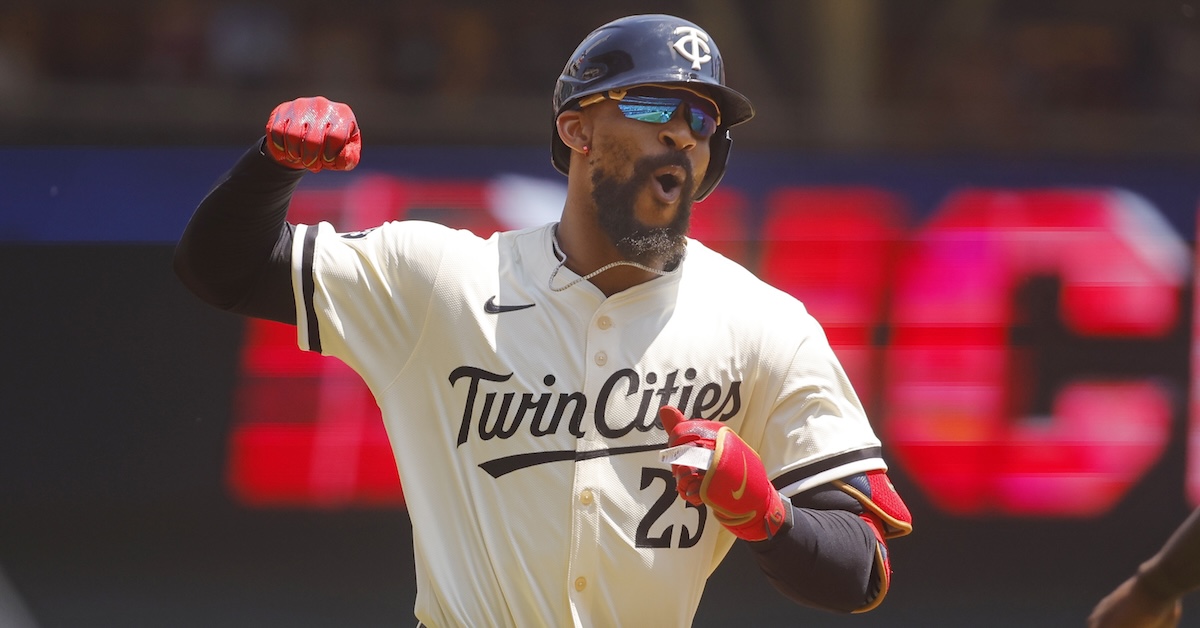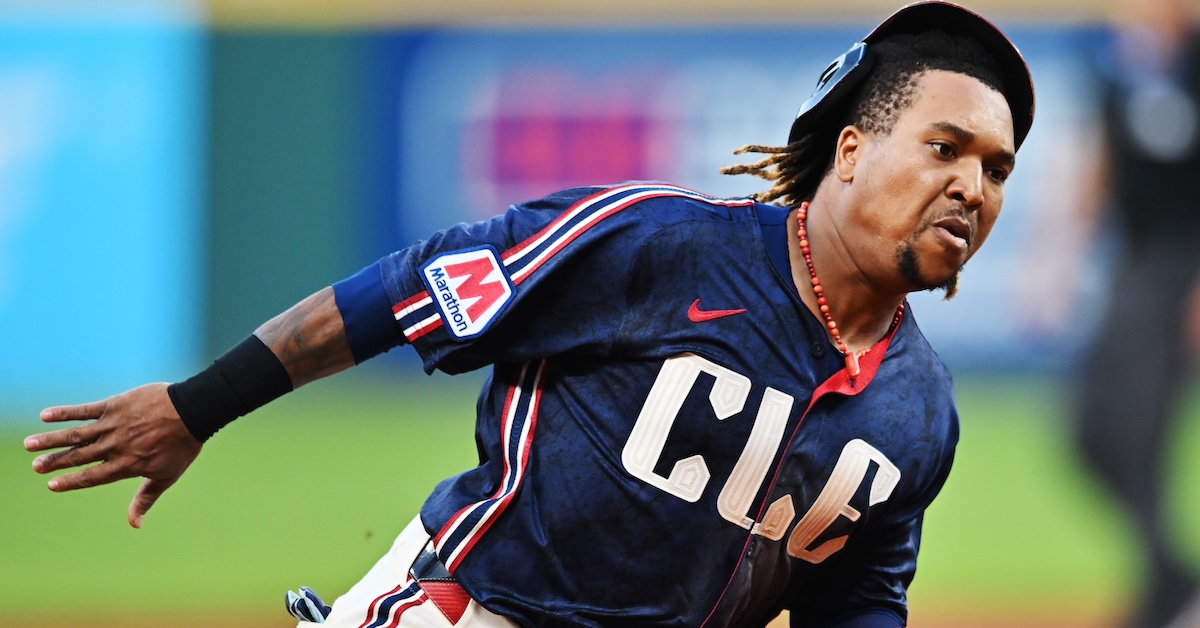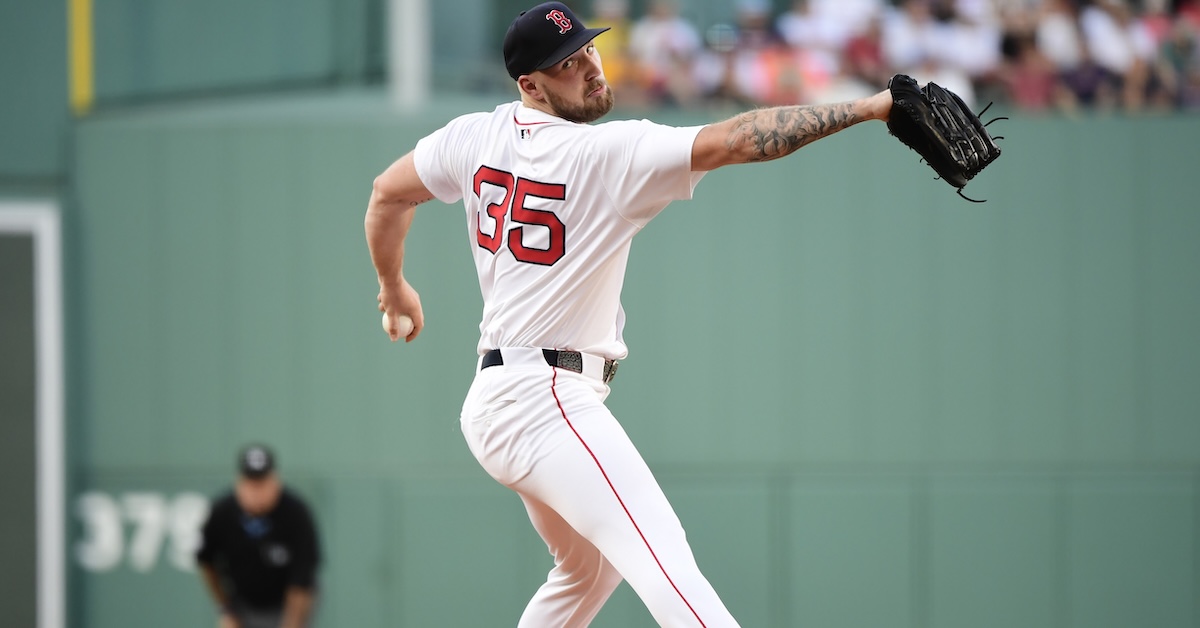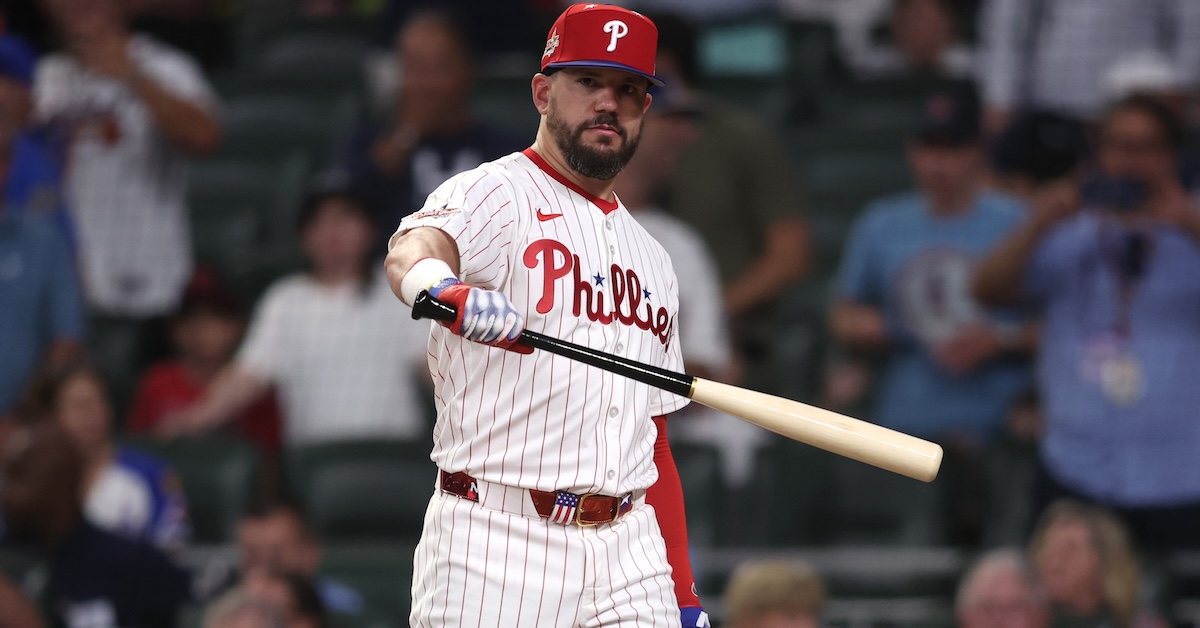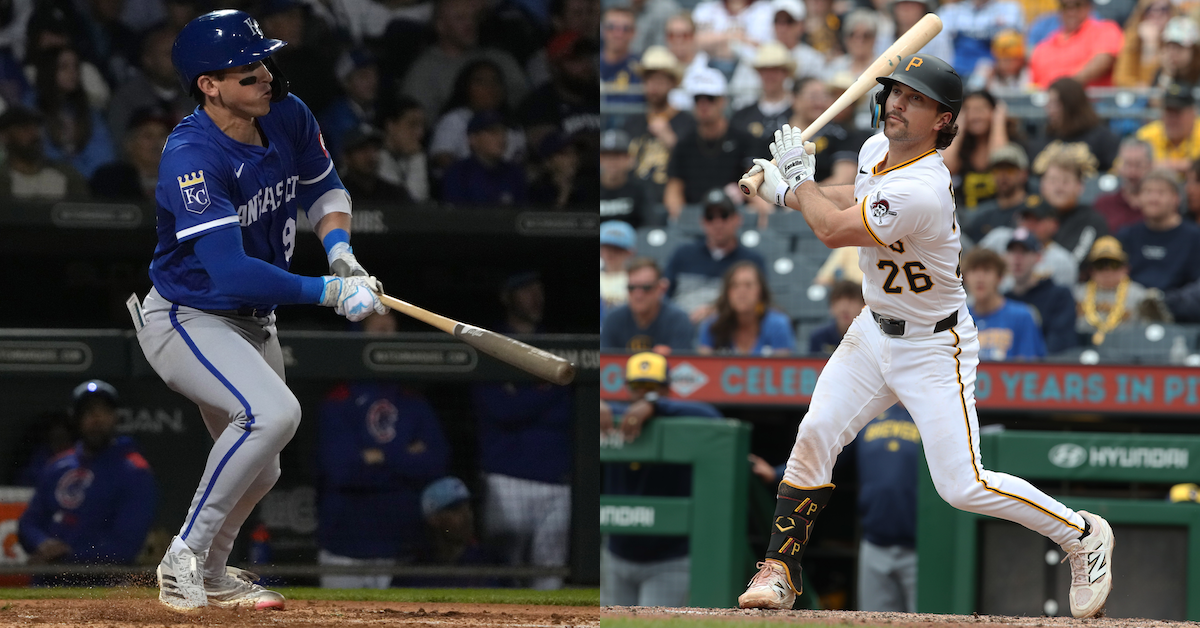2025 Trade Value: Nos. 21-30

As is tradition at FanGraphs, we’re using the lead-up to the trade deadline to take stock of the top 50 players in baseball by trade value. For a more detailed introduction to this year’s exercise, as well as a look at the players who fell just short of the top 50, be sure to read the Introduction and Honorable Mentions piece, which can be found in the widget above.
For those of you who have been reading the Trade Value Series the last few seasons, the format should look familiar. For every player, you’ll see a table with the player’s projected five-year WAR from 2026-2030, courtesy of Dan Szymborski’s ZiPS projections. The table will also include the player’s guaranteed money, if any, the year through which their team has contractual control of them, last year’s rank (if applicable), and then projections, contract status, and age for each individual season through 2030 (assuming the player is under contract or team control for those seasons). Last year’s rank includes a link to the relevant 2024 post. Thanks are due to Sean Dolinar for his technical wizardry. At the bottom of the page, there is a grid showing all of the players who have been ranked up to this point.
A note on the rankings: As we ascend towards the top of the list, the tiers matter more and more. There are clear gaps in value. Don’t get too caught up on what number a player is, because who they’re grouped with is a more important indicator. The biggest split so far in the rankings is between 20-29 and 31-50, the Ketel Marte pivot. I think that all the players I’m discussing today fall in a relatively narrow band, though with meaningfully different risks and upsides. I’ll note places where I disagreed meaningfully with people I spoke with in calibrating this list, and I’ll also note players whose value was the subject of disagreement among my contacts. As I mentioned in the Introduction and Honorable Mentions piece, I’ll indicate tier breaks between players where appropriate, both in their capsules and bolded in the table at the end of the piece.
With that out of the way, let’s get to the next batch of players. Read the rest of this entry »



